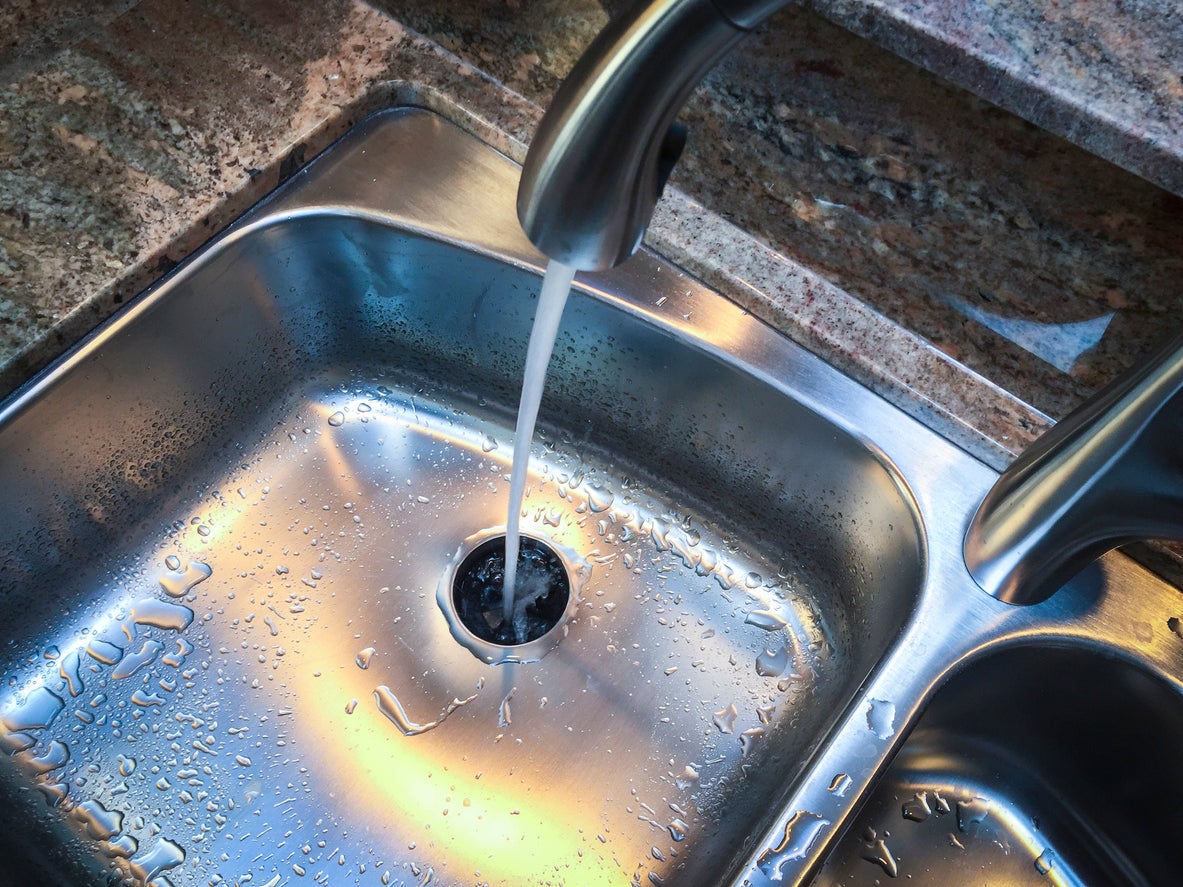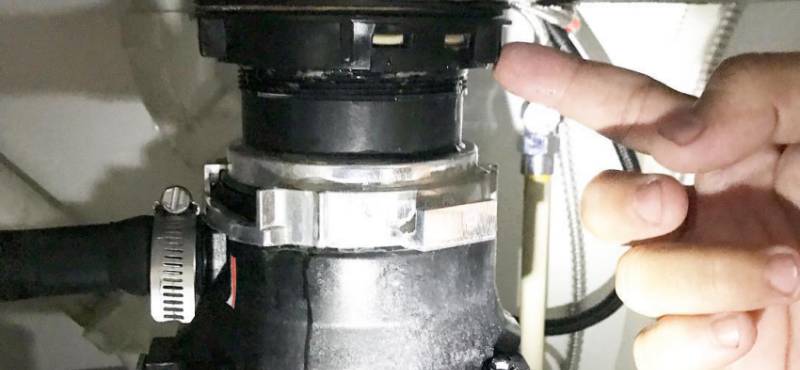Step-by-Step Techniques for Repairing a Leaky Garbage Disposal
Step-by-Step Techniques for Repairing a Leaky Garbage Disposal
Blog Article
This great article following next involving Garbage Disposal Leaking From Bottom is especially interesting. Read it for yourself and see what you think of it.

Waste disposal unit are necessary cooking area devices that aid in disposing of food waste efficiently. Nevertheless, a leaking garbage disposal can be a discouraging and messy problem to deal with. Luckily, lots of leakages can be fixed easily with a couple of simple actions. In this post, we will discuss just how to repair a dripping garbage disposal effectively.
Introduction
Waste disposal unit are installed under kitchen area sinks and are made to shred food waste into smaller sized items, allowing it to go through the pipes system conveniently. While these tools are usually trustworthy, leakages can take place over time because of deterioration, loosened links, or damage to the unit.
Common Reasons For Leaks in Trash Disposals
Worn Seals and Gaskets
Seals and gaskets play a vital duty in protecting against water from dripping out of the waste disposal unit. Over time, these parts can wear away, bring about leaks around the disposal system.
Loose Links
The links between the waste disposal unit and the plumbing system can become loosened over time, causing water to leak out throughout operation.
Cracks or Holes in the Disposal System
Physical damages to the garbage disposal, such as cracks or holes in the housing, can also result in leakages.
Identifying the Source of the Leak
Before attempting to fix a leaking waste disposal unit, it is important to determine the resource of the leak. This can commonly be done with aesthetic evaluation or by performing straightforward examinations.
Visual Inspection
Examine the waste disposal unit unit very carefully for any kind of signs of water leakage. Pay close attention to areas around seals, gaskets, and link factors.
Examining for Leakages
One method to examine for leakages is by running water with the disposal unit and looking for any noticeable indicators of leak.
Devices and Products Needed for Dealing With a Leaking Garbage Disposal
Prior to starting the fixing procedure, collect the essential tools and materials, including a screwdriver, adjustable wrench, plumbing professional's putty, substitute seals or gaskets, and epoxy or patching product for fixing splits or openings.
Step-by-Step Overview to Fixing a Leaking Garbage Disposal
Switch off the Power
Prior to trying any repair work, make sure that the power to the garbage disposal system is turned off to stop the threat of electrical shock.
Find the Leakage
Determine the exact area of the leakage and establish the reason.
Tighten Connections
Use a wrench to tighten up any kind of loosened links between the disposal system and the plumbing system.
Change Seals or Gaskets
If the leak is because of worn seals or gaskets, remove the old components and change them with new ones.
Patching Cracks or Openings
For fractures or holes in the disposal system, usage epoxy or a suitable patching material to seal the damaged area.
Checking the Garbage Disposal After Repair Work
When the fixing is full, test the garbage disposal by running water via it to ensure that the leakage has actually been fixed.
Preventive Upkeep Tips to Avoid Future Leakages
To avoid future leaks, it is essential to execute normal maintenance on your garbage disposal. This includes maintaining it clean, staying clear of placing non-food products or tough objects down the disposal, and periodically looking for leaks or other problems.
Conclusion
To conclude, repairing a dripping waste disposal unit is a fairly simple process that can be finished with standard devices and products. By adhering to the steps detailed in this short article and exercising preventive maintenance, you can keep your waste disposal unit in good working problem and prevent pricey repair work in the future.
HERE’S HOW TO FIX YOUR GARBAGE DISPOSAL
WHAT TO DO IF SOMETHING IS STUCK IN YOUR GARBAGE DISPOSAL
If the impeller won’t turn, there’s probably something stuck in the disposal. It could be a steak bone or peach pit, although plumbers report pulling all sorts of inappropriate objects out of disposals, such as bottle caps or aluminum foil. Make sure power to the disposal is off, and look inside to see if you can see the source of the jam.
Never stick your fingers in a disposal. Pull out anything you see with tongs or pliers.
If the disposal still won’t work, it may be time to call a plumber or consider buying a new disposal. GEM Plumbing & Heating is here for all of your garbage disposal needs.
WHAT TO DO IF YOUR GARBAGE DISPOSAL DRAIN IS CLOGGED
Take everything out from underneath your sink and put a bucket or other container under your disposal to catch any water that drains out. Disconnect your disposal from the power supply. If it’s plugged into a wall outlet, unplug it. If it’s hardwired into an electrical box, go to the electrical panel and turn off the breaker for the disposal. Pour ¼ cup of baking soda into the drain, followed by ½ cup of white vinegar. Give the solution a few minutes to fizz and do its work. Look into the disposal with a flashlight to see if you can see an object that might be causing the clog. If you see it, remove it using tongs or pliers. MORE TIPS ON DEALING WITH A CLOGGED GARBAGE DISPOSAL
Never use drain cleaner in a garbage disposal. It can damage the plastic parts inside the disposal. You can also be splashed with the caustic liquid while working to clear the clog. Beware! Never stick your fingers into a garbage disposal. Trust us — not a good idea. In many instances, your dishwasher drains through your garbage disposal. This allows the disposal to grind any large food particles that may be drained out of your dishwasher. There are some jurisdictions, however, where the plumbing code prohibits such a connection. WHAT TO DO WHEN YOUR DISHWASHER DRAINS THROUGH THE DISPOSAL
Run some water in the sink so your plunger has at least a ½-inch of water to create a seal and plunge vigorously up and down several times. You may need to repeat this several times. Run hot water down the drain to clear any residue that remains.

We hope you liked our section on Why Is . Thank you for taking time to read through our blog. Remember to take the opportunity to distribute this content if you enjoyed it. We truly appreciate reading our article about Why Is .
Here Report this page